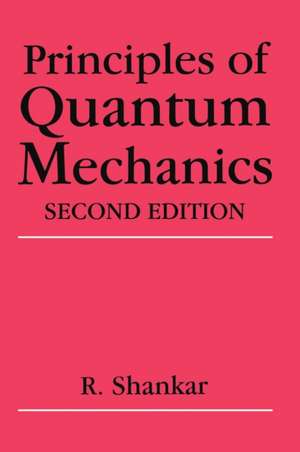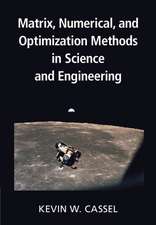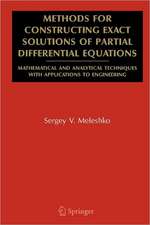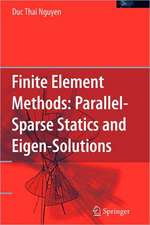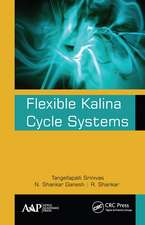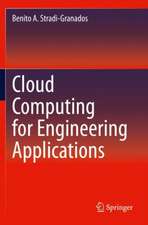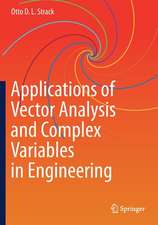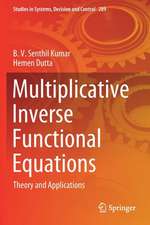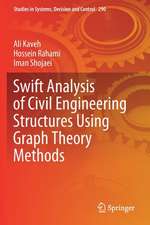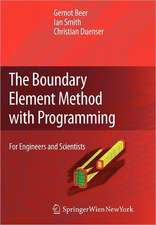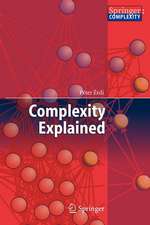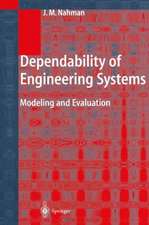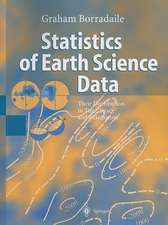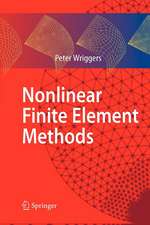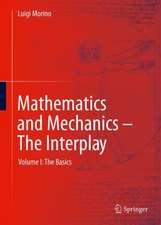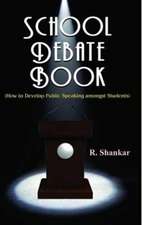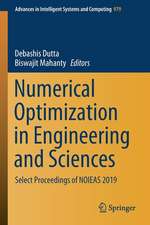Principles of Quantum Mechanics
Autor R. Shankaren Limba Engleză Hardback – 31 aug 1994
- Clear, accessible treatment of underlying mathematics
- A review of Newtonian, Lagrangian, and Hamiltonian mechanics
- Student understanding of quantum theory is enhanced by separate treatment of mathematical theorems and physical postulates
- Unsurpassed coverage of path integrals and their relevance in contemporary physics
The requisite text for advanced undergraduate- and graduate-level students, Principles of Quantum Mechanics, Second Edition is fully referenced and is supported by many exercises and solutions. The book’s self-contained chapters also make it suitable for independent study as well as for courses in applied disciplines.
| Toate formatele și edițiile | Preț | Express |
|---|---|---|
| Paperback (1) | 904.60 lei 6-8 săpt. | |
| Springer Us – 6 dec 2013 | 904.60 lei 6-8 săpt. | |
| Hardback (1) | 627.77 lei 3-5 săpt. | |
| Springer Us – 31 aug 1994 | 627.77 lei 3-5 săpt. |
Preț: 627.77 lei
Preț vechi: 738.56 lei
-15% Nou
120.14€ • 124.96$ • 99.18£
Carte disponibilă
Livrare economică 22 martie-05 aprilie
Specificații
ISBN-10: 0306447908
Pagini: 676
Ilustrații: XVIII, 676 p. 116 illus.
Dimensiuni: 178 x 254 x 46 mm
Greutate: 1.63 kg
Ediția:2nd ed. 1994
Editura: Springer Us
Colecția Springer
Locul publicării:New York, NY, United States
Public țintă
GraduateCuprins
Recenzii
Textul de pe ultima copertă
"An excellent text … The postulates of quantum mechanics and the mathematical underpinnings are discussed in a clear, succinct manner." (American Scientist)
"No matter how gently one introduces students to the concept of Dirac’s bras and kets, many are turned off. Shankar attacks the problem head-on in the first chapter, and in a very informal style suggests that there is nothing to be frightened of." (Physics Bulletin)
Reviews of the Second Edition:
"This massive text of 700 and odd pages has indeed an excellent get-up, is very verbal and expressive, and has extensively worked out calculational details---all just right for a first course. The style is conversational, more like a corridor talk or lecture notes, though arranged as a text. … It would be particularly useful to beginning students and those in allied areas like quantum chemistry." (Mathematical Reviews)
- Clear, accessible treatment of underlying mathematics
- A review of Newtonian, Lagrangian, and Hamiltonian mechanics
- Student understanding of quantum theory is enhanced by separate treatment of mathematical theorems and physical postulates
- Unsurpassed coverage of path integrals and their relevance in contemporary physics
The requisite text for advanced undergraduate- and graduate-level students, Principles of Quantum Mechanics, Second Edition is fully referenced and is supported by many exercises and solutions. The book’s self-contained chapters also make it suitable for independent study as well as for courses in applied disciplines.
Descriere
Publish and perish-Giordano Bruno Given the number of books that already exist on the subject of quantum mechanics, one would think that the public needs one more as much as it does, say, the latest version of the Table of Integers. But this does not deter me (as it didn't my predecessors) from trying to circulate my own version of how it ought to be taught. The approach to be presented here (to be described in a moment) was first tried on a group of Harvard under graduates in the summer of '76, once again in the summer of '77, and more recently at Yale on undergraduates ('77-'78) and graduates ('78-'79) taking a year-long course on the subject. In all cases the results were very satisfactory in the sense that the students seemed to have learned the subject well and to have enjoyed the presentation. It is, in fact, their enthusiastic response and encouragement that convinced me of the soundness of my approach and impelled me to write this book. The basic idea is to develop the subject from its postulates, after ad dressing some indispensable preliminaries.
